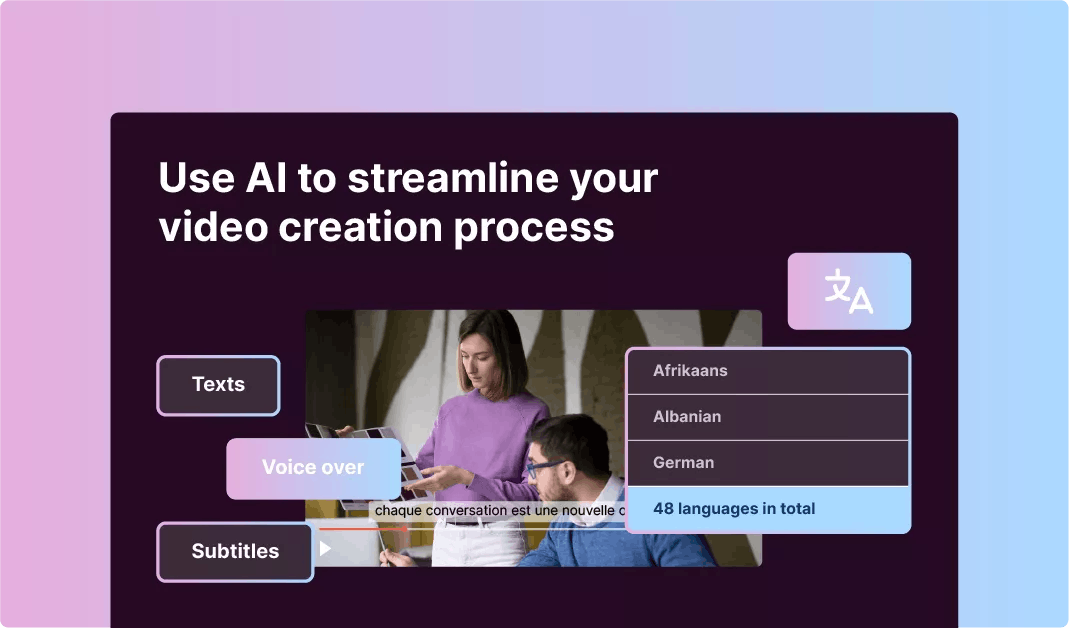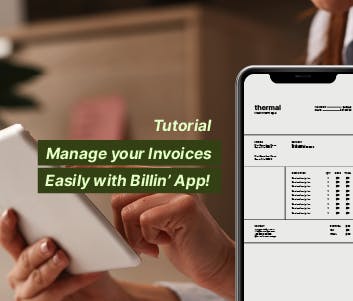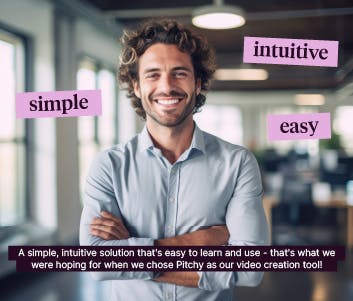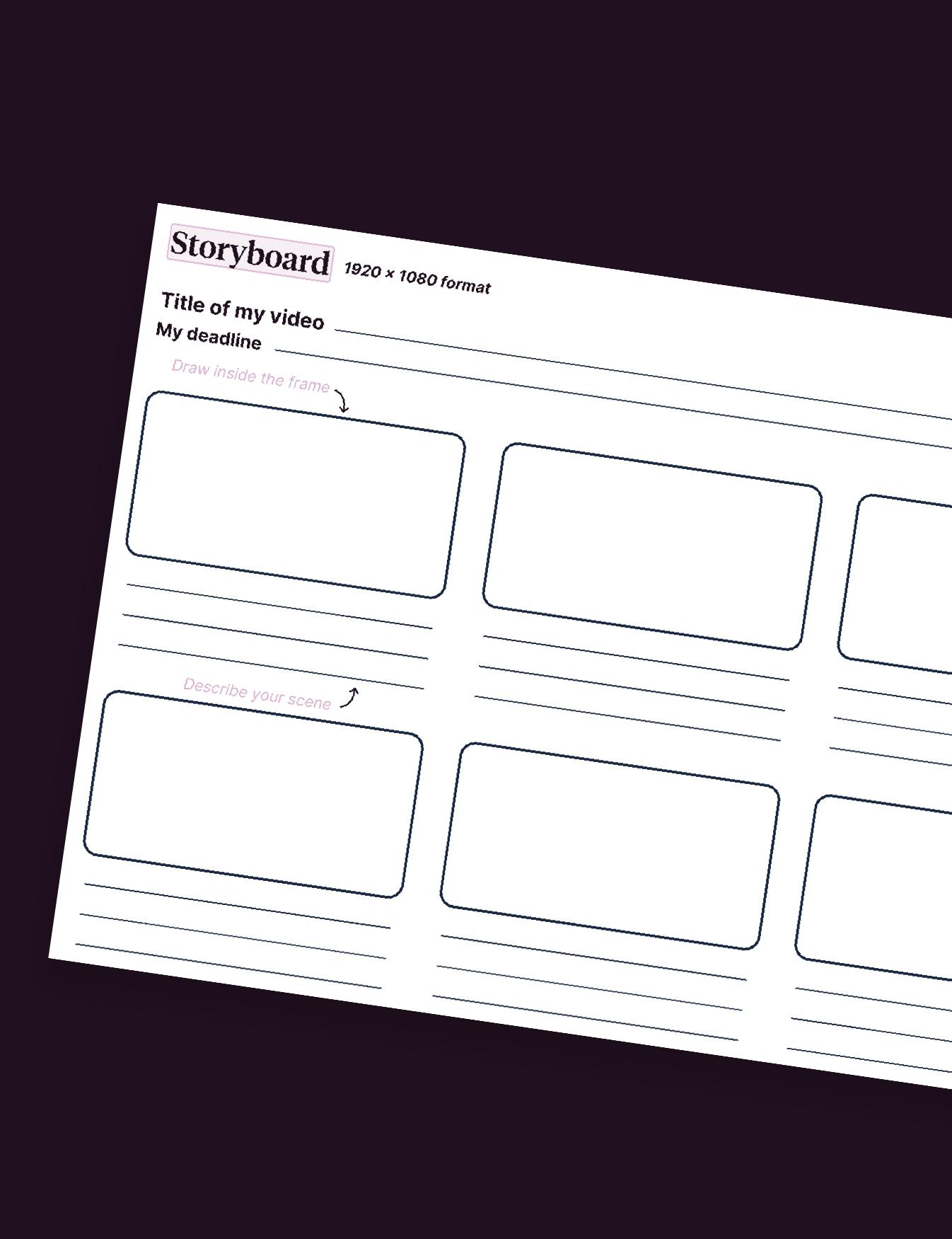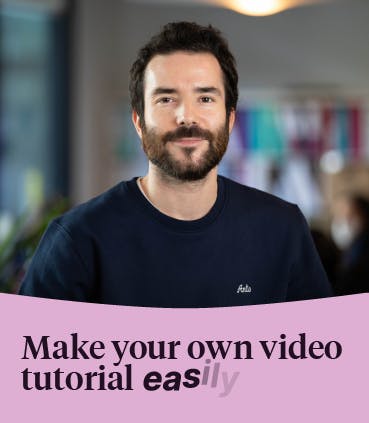10 Tips For A Successful Customer Testimonial

If you want to talk about yourself indirectly, you can do so via your customers. We explain how.
Rather than talking about themselves through their own voice, many companies today prefer to talk about themselves indirectly, via the people who are most legitimate to do so, their customers. The customer testimonial is an opportunity to highlight the quality of your product or service, by having the people who have benefited from it speak directly, even more so when they are big names who speak to everyone.
Getting your customers to talk means attracting prospects, who may one day become your customers and in turn testify on your behalf. There are a few tips to make sure you get your customer testimonial right, and then share it in your emails and on your social networks. We tell you all about it in this article.
#1 Choose the right client for your testimonial
First of all, and this seems logical, you should choose one of your customers with whom you have a good relationship, or even a privileged relationship. This customer should have known you for some time and have experience of using your services.
Ideally, this customer should have calculated the ROIs that your product or solution has enabled them to collect, by bringing them business, by increasing their turnover, their number of opportunities, their subscribers on social networks, etc…
Depending on the objective set at the outset, the client who testifies must do more business thanks to you than they did before using your services.
Moreover, because of your previous relationship, this client knows what you have done for them. Your platform is easy to use, your customer service is highly responsive, etc.
For example, in this testimonial, Emmanuelle Leduc, Project Manager for contributions and retail business deployment at BNP Paribas, testifies to the effectiveness of the Pitchy tool. Here, it is the concept that is valued, the ability for our customers to become autonomous on our video platform:
#2 There has to be a benefit to the customer in testifying: what do you offer in return?
A customer testimonial is also a win-win strategy. Otherwise, the chosen client may not commit to the whole process.
How can the customer benefit from this testimonial? A broadcast on your social networks, to a large community to gain notoriety? The same goes for your newsletter distribution? How can this testimonial bring him leads, prospects? And why not a discount?
Be clear from the start, and tell your client why it is in their interest to testify for you.
#3 Plan the interview
Be clear about how much time you will need to spend on the interview. In principle, it is up to you to come to your client’s premises. However, it may be that the client agrees to come to your premises. In any case, you will have to take into account travel time.
Plan the interview on a day when you know you can spare a morning or afternoon. Filming, although it is advisable not to exceed 30 minutes, can take time if you encounter technical difficulties, if the interviewee arrives late, etc.
#4 Prepare some sort of guide, to lay the groundwork for the testimony
This guide will be your roadmap for conducting your testimony. Group the questions under headings to give order and rhythm.
Most testimonials work in the following way:
- presentation of the client company
- the context of the collaboration,
- what prompted the client to call on you,
- the client’s selection criteria that led them to choose you,
- issues,
- implementation,
- benefits noted by the client,
- project developments.
#5 Write the questions
Be as clear as possible: remember that the interview should not exceed 30 minutes, and that it is recommended to make a shorter version (2-3 minutes with highlights) for your social networks. And give your interview some rhythm. Alternate between open and closed questions. Ideally, follow the evolution over time: need, meeting, collaboration and results (and of course successes). Beforehand, you can send out a sort of short questionnaire with the main themes.
#6 Have the client review for validation
Next, have the client review the script and questions. Everything must be submitted to them to ensure total transparency and to encourage them to work with you again for this type of communication operation.
#7 Shoot the interview
Then comes D-Day. If this interview takes place on your client’s premises, make sure you have agreed beforehand on the location for the filming, which must of course reflect a positive image of your client’s company. preferably a well-lit, decorated location (with plants, with prizes won by the company if there are any, etc.).
Do not hesitate to put the interviewee at ease if you feel stressed at the beginning of the interview. Discuss beforehand, do not start directly with the interview, quickly explain the main points, the shooting process, the lighting, the sound. Discuss any staging.
#8 Format your testimony in post-production
Once the interview has been filmed, it will have to be edited and formatted in post-production so that it is of good quality. First of all, and this is normal, you introduce the person who is testifying, indicating his or her first name, surname, job title and of course the name of the company. Then, the questions will be put on the page, highlighted. Most of the time, there are two schools of thought: the first prefers to devote a slide to each question (for example, the Fast & Curious interviews on Konbini). The second is to display the questions directly in the filmed sequences.
Formatting is also an opportunity to highlight your visual identity and colour codes, which will help you stand out from your competitors.
#9 Integrate this testimony into an emailing strategy
Once the video is ready, it will have to be distributed. The first interesting channel is the newsletter. You must surely have a base of prospects to convince. To do this, devote the entire newsletter to the customer testimonial, to make it stand out better.
Give great importance to the subject of your newsletter: this is what the recipients will see first. It should be made clear right away that it is a customer testimonial. Another important point: include the name of the testifier’s company: if it’s a big name, it’s bound to attract attention.
#10 Broadcast on your social networks
The second channel for broadcasting to the largest number of Internet users is social networks, to establish yourself as an expert. As this is a professional video, give priority to LinkedIn. On the other hand, if your target is more B2C, Facebook and Instagram might be better, or even Tik Tok if your target is between 15 and 25 years old.
Ideally, create a hashtag dedicated to the customer testimonial, and identify the company’s account, so that it can share.
Want to create your own customer testimonial without using a marketing agency? Ask for a demo of the Pitchy solution!
Resources


